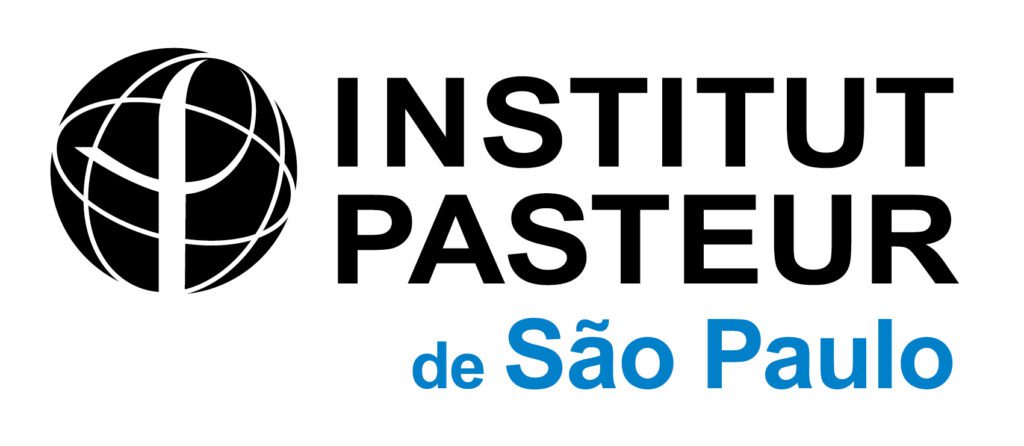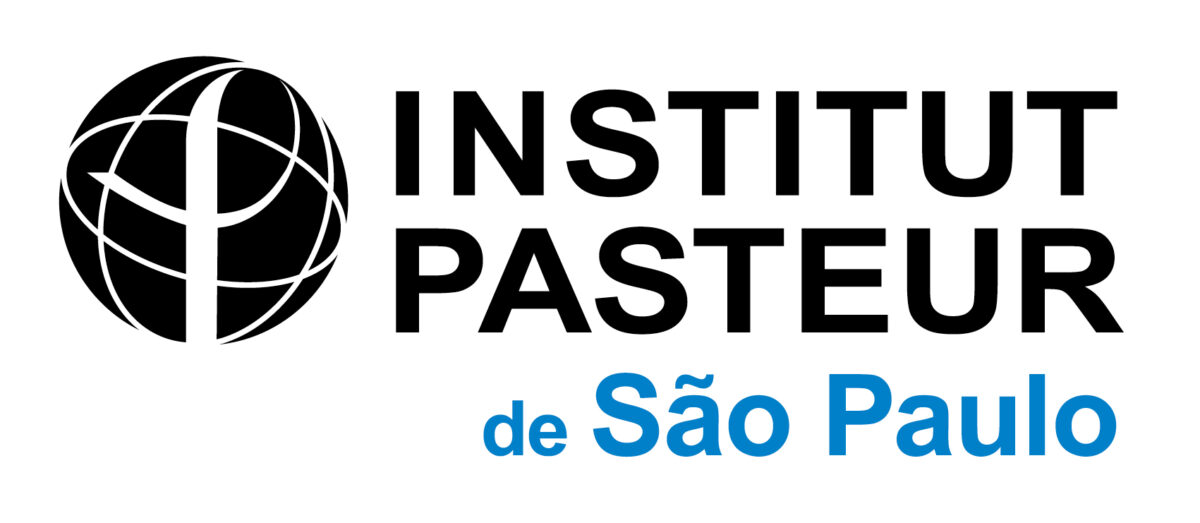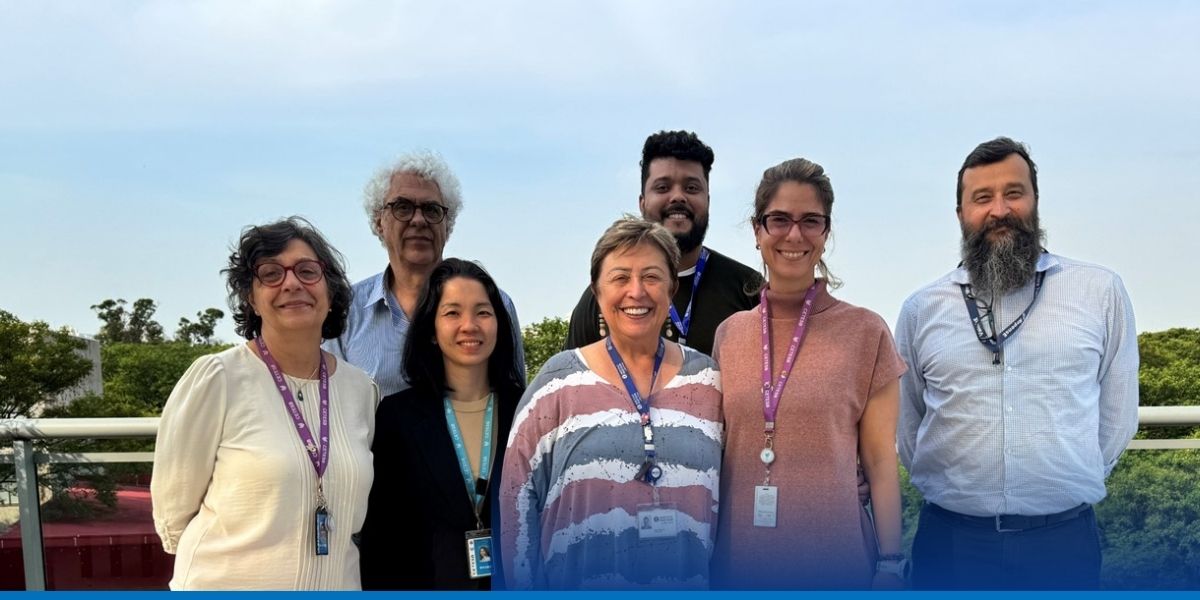The partnership may expand in the future to include other research areas, generating benefits beyond influenza monitoring.
The Institut Pasteur de São Paulo (IPSP) and the Environmental Agency of the State of São Paulo (CETESB) have taken another important step towards implementing an innovative research project that aims to monitor the influenza virus mutations in São Paulo city’s wastewater. On October 16, representatives of both institutions met at IPSP to discuss details of the collaboration, which advances to the formalization stage. The partnership’s main objective is to monitor the influenza virus variants in circulation and generate data that may contribute to the development of vaccines that are more effective and faster to produce.
CETESB was represented by the Director of Environmental Quality Carolina Fiorillo Mariani; the Advisor to the Board Ricardo Marques; the Executive Coordinator of the Innovation and Technology Center Marcelo Gomes Sodré; the Manager of the Microbiology and Parasitology Division Mikaela Renata Funada Barbosa; and the Manager of the Environmental Analysis Department Maria Inês Zanoli Sato. They were welcomed at IPSP by Executive Director Paola Minoprio, and Coordinator of the Genomic Surveillance and Vaccine Innovation Research Group Rúbens Alves, who is leading the project.
Paola Minoprio highlighted the relevance of the collaboration for the advancement of science and public health, stating that “this partnership with CETESB represents a significant advance in the influenza virus monitoring in a dense urban context such as the city of São Paulo. In addition, it opens doors for new joint projects between the two institutions, strengthening innovation in the areas of public and environmental health.”
Rúbens Alves explained how the process of wastewater sample collection will work and why it is crucial for the success of the project. “Our initial idea is to collect samples from various strategic points in the city, such as the northern zone, the city center, and neighborhoods like Jardim Paulista, aiming to capture the population diversity represented by these samples. This approach will allow us to track the dynamics of virus circulation in different areas of the city, and the data will help us provide more accurate predictions about influenza outbreaks, offering public health authorities crucial information for preventive actions.”
According to Alves, CETESB will not only play a central role in supporting wastewater sample collection, but also in transferring knowledge of environmental monitoring of wastewater viruses, from the selection of sampling points to the concentration and preparation of samples, facilitating the detection of genetic fragments of the influenza virus and allowing for more efficient and accurate analysis in the IPSP laboratory. “CETESB’s expertise is essential for us to be able to work safely and increase our chances of identifying viral variants in circulation,” added Alves.
As mentioned by the CETESB team, the agency’s solid environmental surveillance (ES) program for poliovirus and V. cholerae, created in the 1970s, was expanded in the last decade to include SARS-CoV-2 and other waterborne viruses of interest, in partnership with the Epidemiological Surveillance Center of São Paulo’s Department of Health. The research project that will monitor the influenza virus in São Paulo’s wastewater is an addition to this program, with mutual support from professionals at the partner institutions.
The project, which is expected to last four to five years, is funded by the Institut Pasteur de São Paulo and de Paris and by the São Paulo Research Foundation (Fapesp). In addition to monitoring the virus circulation, the project seeks to create an innovative vaccine platform based on self-replicating RNA, which can be updated faster to restrain new variants. Collaboration with CETESB may expand in the future to other research areas, enhancing results and generating benefits beyond influenza monitoring.



